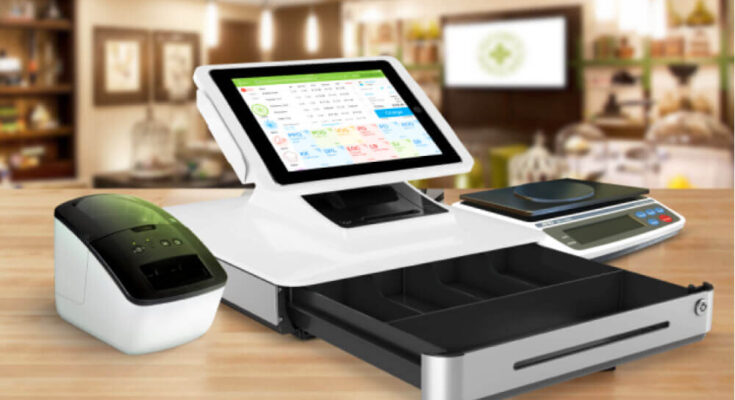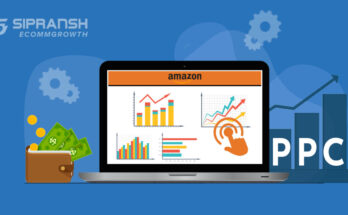In the competitive world of the restaurant industry, maximising table turnover and revenue is crucial for success. One powerful tool that has revolutionised the way restaurants operate is the Point of Sale (POS) system. These sophisticated systems are not just for processing payments. They can potentially boost table turnover and revenue significantly.
Still on the fence? Let’s explore the other five ways POS systems transform the restaurant landscape.
Efficient Order Management
Gone are the days of scribbling down orders on notepads and rushing them to the kitchen. With EPOS systems, servers can take orders directly on handheld devices, which are then transmitted instantly to the kitchen. This streamlines the entire ordering process, reducing the time it takes for orders to reach the kitchen and ultimately speeding up food delivery to the customers.
The result? Faster table turnover and happier customers who aren’t left waiting for their meals.
Integrated Table Management
POS systems come equipped with advanced table management features that allow restaurant staff to monitor table occupancy in real time. This means no more confusion over which tables are available or which ones have pending orders.
With the ability to track table status and turnover, restaurants can optimise seating arrangements and ensure that tables are efficiently utilised throughout service hours. By minimising downtime between customers, restaurants can significantly increase their revenue potential.
Upselling and Cross-Selling Opportunities
A restaurant pos system is not just for processing payments. They also serve as powerful tools for boosting sales. With the ability to display menu items, suggest add-ons, and promote special offers, POS systems enable servers to upsell and cross-sell more effectively. By prompting servers with upselling prompts at the point of sale, restaurants can increase the average spend per customer, directly impacting overall revenue.
Streamlined Payment Process
Long waits to settle the bill can leave a sour taste in customers’ mouths. EPOS systems simplify the payment process by allowing for quick and secure transactions. With features like split billing and contactless payment options, customers can settle their bills swiftly, freeing up the table for the next set of diners. This efficiency enhances the overall dining experience and contributes to faster table turnover.
Data-Driven Insights for Decision Making
One of the most powerful aspects of EPOS systems is the wealth of data they collect. POS systems capture a treasure trove of information, including sales trends, popular menu items, peak dining times, and customer preferences. By analysing this data, restaurant owners and managers can make informed decisions to optimise their operations.
For example, they can adjust staffing levels based on peak hours, refine menu offerings to reflect customer preferences, and run targeted promotions to boost sales during slower periods. This data-driven approach not only improves efficiency but also directly impacts revenue generation.
Conclusion
POS systems have emerged as a game-changer, offering many benefits that directly contribute to increased table turnover and revenue. From efficient order management to data-driven insights, these systems empower restaurants to operate more effectively and deliver an enhanced dining experience to their customers.
The implementation of a restaurant pos system is a significant step towards improving table turnover and revenue in restaurants. With their ability to streamline operations, drive sales, and provide valuable insights, these systems have become indispensable tools for modern dining establishments.
As technology continues to evolve, we can expect POS systems to play an even greater role in shaping the future of the restaurant industry. So, if you’re a restaurant owner or manager looking to boost your bottom line, investing in a robust POS system could be the key to unlocking greater efficiency and profitability in your establishment.




